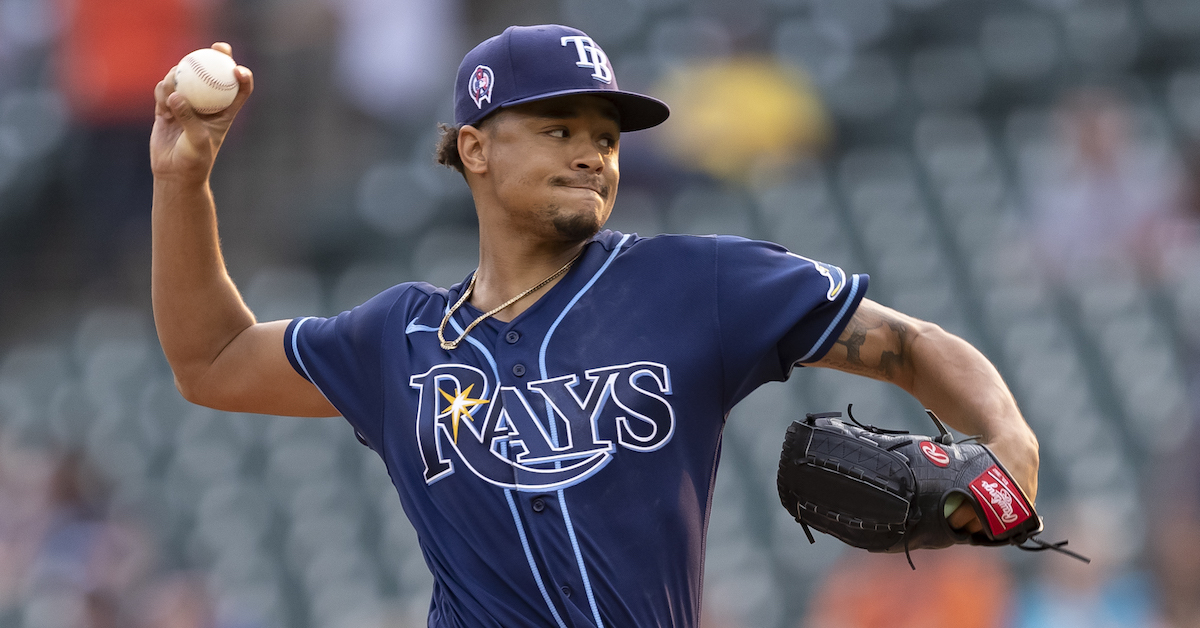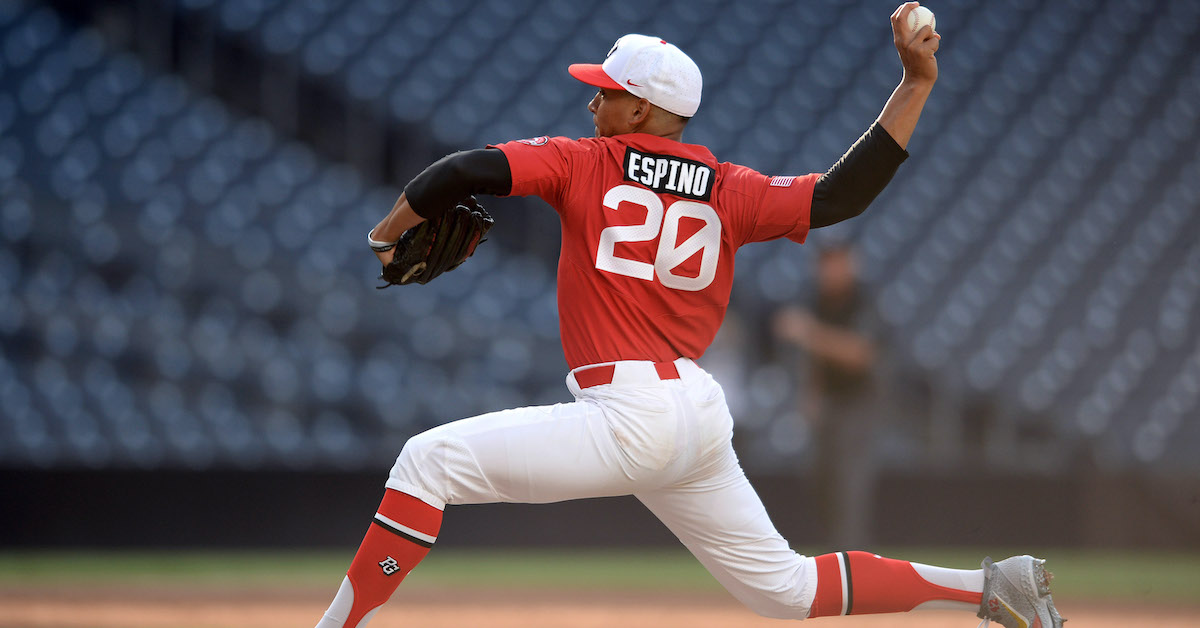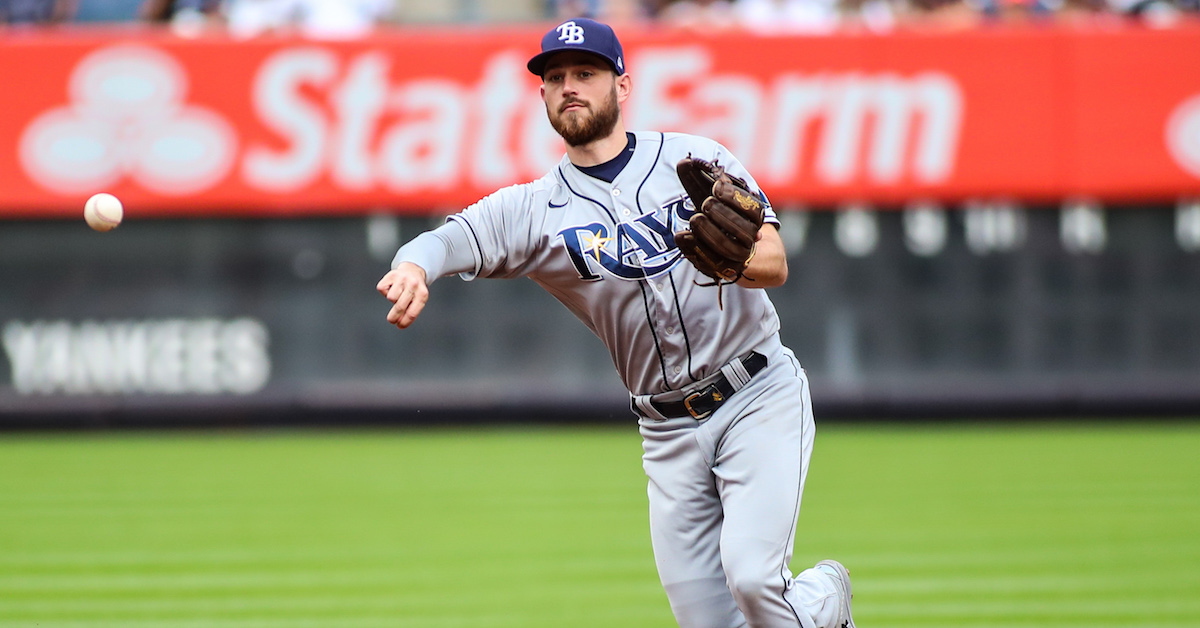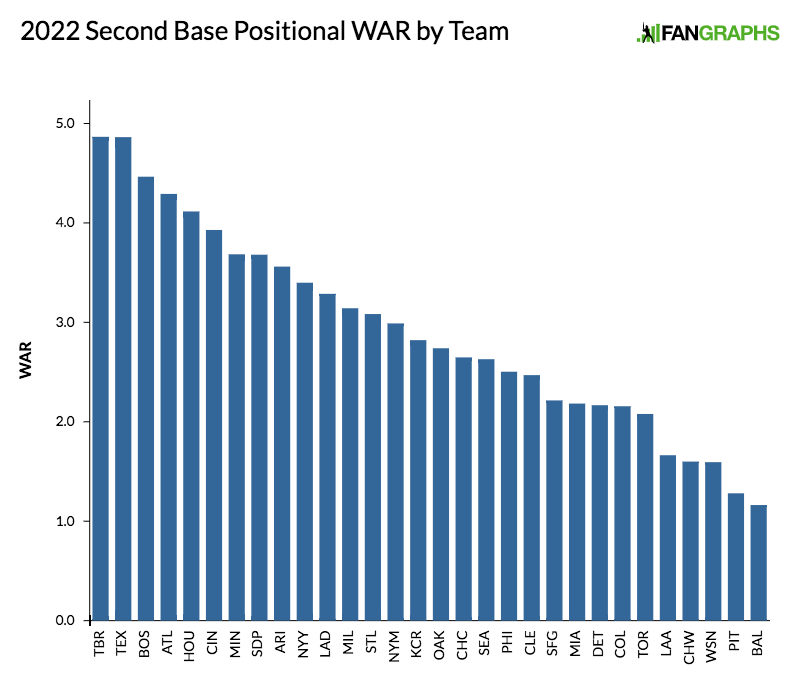2022 Positional Power Rankings: Left Field

Yesterday, we wrapped up our analysis of the league’s infielders with third base and shortstop. Today, we shift our attention to the outfield, starting in left.

This year’s group of left fielders is projected to combine for less WAR (65.7) than any other positional group, although the “Mike Trout to left” move that was discussed this spring but didn’t come to fruition — maybe next year — would have pushed them ahead of the first basemen. This shouldn’t be a shocking revelation. In last year’s write-up, Kevin Goldstein described left field as “something of an island of misfit toys” and “a bit of a dumping ground on big-league rosters.” Read the rest of this entry »












